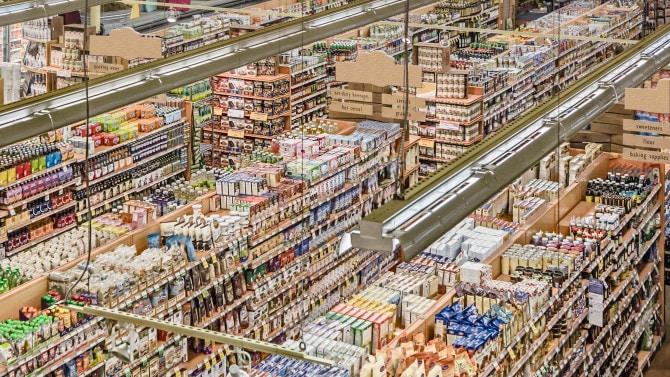
HS revision 2022 – customs tariff codes need to be adapted
02/11/21
At the beginning of 2022, the time has come again: the World Customs Organization (WCO) will put the HS Revision 2022 into force and adapt the Harmonized System (HS) to the constantly changing technological progress. As members of the WCO, the EU and Switzerland are obliged to incorporate these changes into the national and combined tariffs, resulting in numerous changes to the customs tariff numbers for products.

Background
The HS of the WCO is adapted/revised approximately every five years. The HS comprises approx. 9500 numbers and forms the basis for the uniform classification of goods, mainly for customs tariff purposes and for the capture of foreign trade data. It was developed under the direction of the WCO as a customs tariff schedule in 1988 and has been administered by it ever since. Currently, 158 WCO members are contracting parties and it is applied in more than 200 states, countries and territories worldwide. Thus, about 98 % of the world's trade is classified using the HS nomenclature.
The changes by means of revisions to the HS are necessary so that it can keep up with the constantly changing conditions of international trade and the developments of modern commodity structures and the technological progress. The members of the WCO have to adopt these changes in the legislation of their own territory. The latest HS revision will now enter into force on 1 January 2022.
In Switzerland, the Federal Council gave the green light in June 2021 for the necessary adjustments in the national tariff and the regulations. The Swiss tariff codes valid as from 1 January 2022 (incl. a correlation table with old/new codes) are available, in German, French and Italian.
For the European Union, the new EU tariff (Combined Nomenclature) has been published at the end of October 2021.
On a 6-digit level, there are approx. 350 changes in the HS. These changes include new tariff codes for specific products, for example:
- Yogurt with added plants or cereals in Number 0403 20 (previously not allowed in chapter 04)
- Placebos and blinded clinical trial kits in Number 3006 93 (previously no specific tariff code)
- Smartphones in Number 8517 13 (previously 8517 12)
What does this mean for your business and how can we help?
Be prepared for 1 January 2022. The upcoming changes require an adjustment of the company’s product master data in order to be prepared for the future customs clearances, a correct import duty payment and the appropriate origin calculation. This task could also be combined with a general review of the used tariff codes and related optimization potential.
PwC supports businesses in those areas. Furthermore, PwC has developed a tool “Trade Activator” that can visualize the cross-border business transactions of your company based upon customs (or broker) data in multiple jurisdictions. We help you visualize and subsequently analyze your cross-border trade in order to detect future savings possibilities and to mitigate risks. And we can support you in classifying your products.
Contact us

Simeon L. Probst
Partner, Customs & International Trade, PwC Switzerland
Tel: +41 58 792 53 51

















